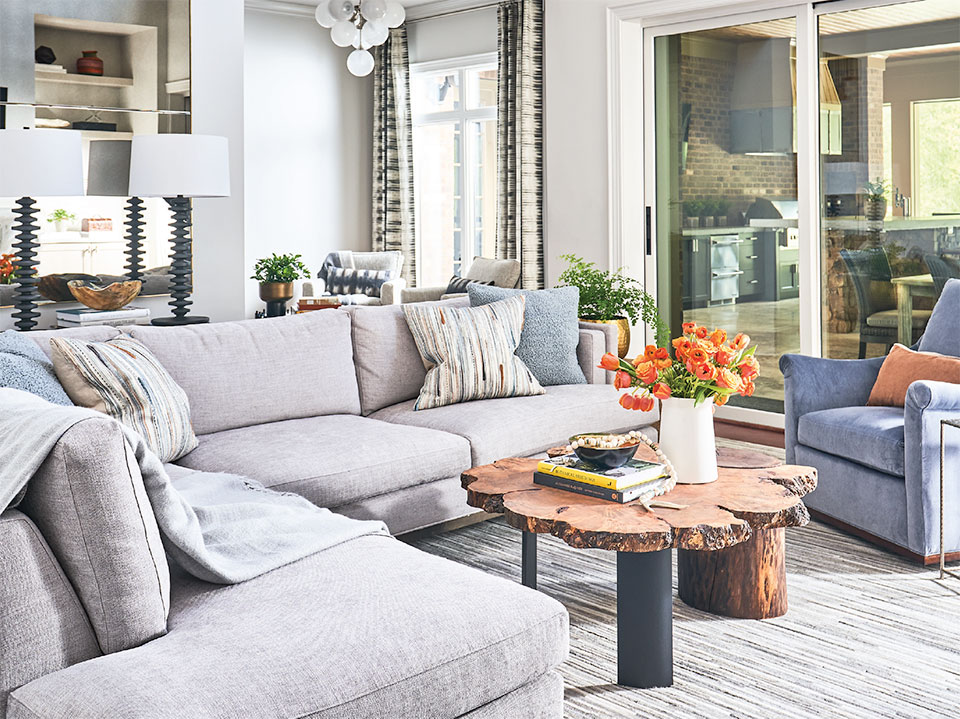Interior Designers of the West: Creating Feeling
by Cassidy Mantor
Interior design is an ethereal and complex art. At the most basic level, an interior designer produces the end-product of a room accessorized with tastefully appointed furnishings. A more sophisticated aspect of interior design involves the intentional mood-setting of a space. Designers frequently reference the idea that good design is not a particular style or object, but it is instead identified when one enters a room or building and it feels good. There isn’t one specific element that can be pinpointed but in its totality, the vibe is right. The space flows with joy.
That intangible essence wasn’t enough for WHJ. We wanted to get a better understanding of what exactly makes for good interior design. As such, we interviewed six designers who work throughout the West – including Anne Buresh, whose firm Anne Buresh Interior Design has a studio in Jackson – to get a closer look at how they approach their work. From fine art and cultural influences to the natural environment, learn more about these designers’ methodologies and how they craft spaces for their clients:
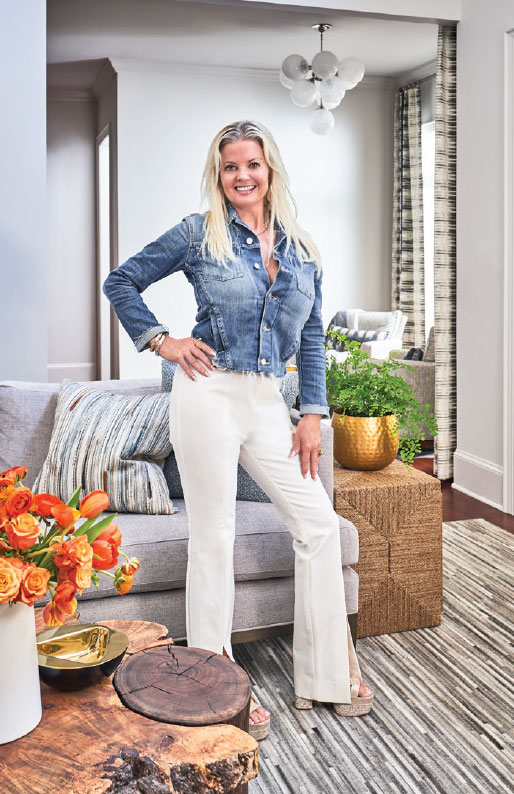
1- Anne Buresh, Anne Buresh Interior Design, Jackson, Wyoming, & Charlotte, North Carolina
“Design is about the mood and how a room makes you feel. We seek a duality between soft and bold, between yin and yang. We strive to design spaces where people feel comfortable and relaxed – where you can kick your feet up, enjoy each other’s company, and share a toast to the beauty of life.”
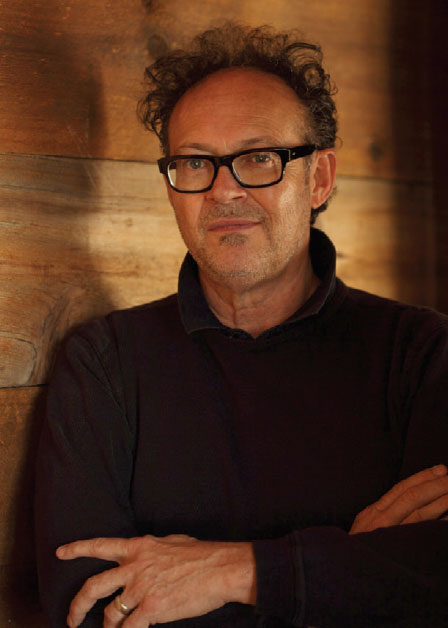
2- William Peace, Peace Design, Bozeman, Montana, & Atlanta, Georgia
“Design in the American West didn’t originate in a vacuum; it evolved over hundreds of years with disparate influences. Native Americans knew the raw materials of the land and the power of nature. Their wisdom and worldview influence how things are in harmony with the land.”
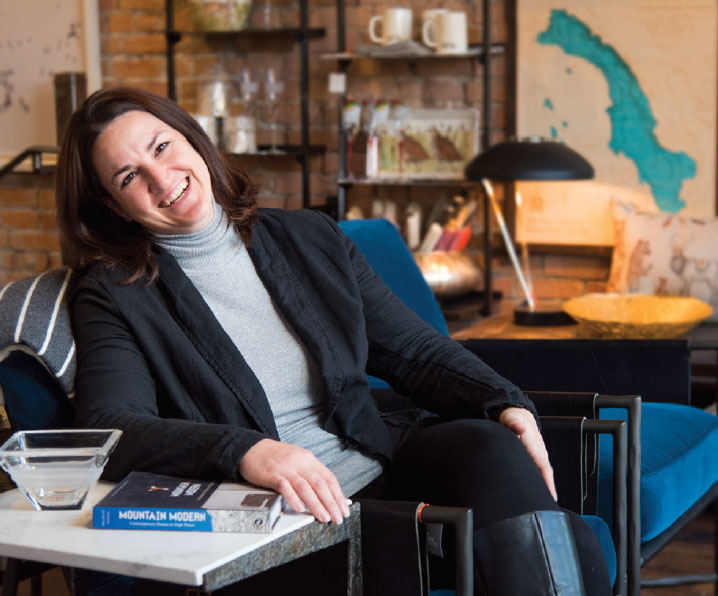
3- Heidi Tate, Tate Interiors, Whitefish, Montana
“We live in one of the most beautiful places in the world and most of the time the building site is inspiration enough.”
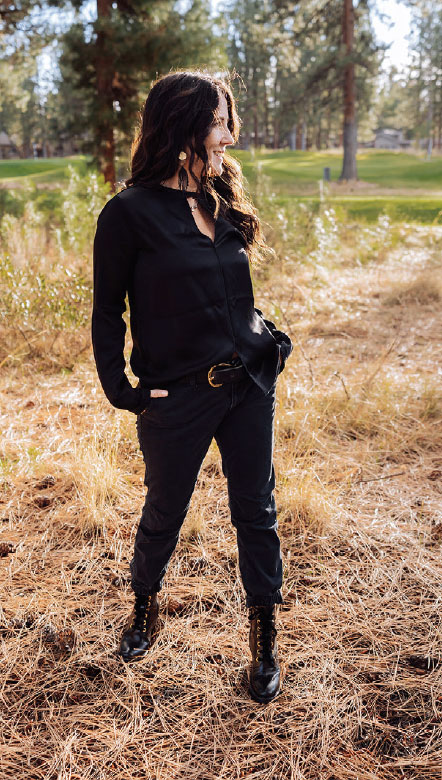
4- Jeannie Legum, Legum Design, Bend, Oregon
“I’m drawn to the Old World textures and materials, marbles, fabrics, and weaves that have an exceptional hand; I use all of this to layer and create comfortable, livable spaces for my clients that are not only timeless but also luxurious and bring joy.”
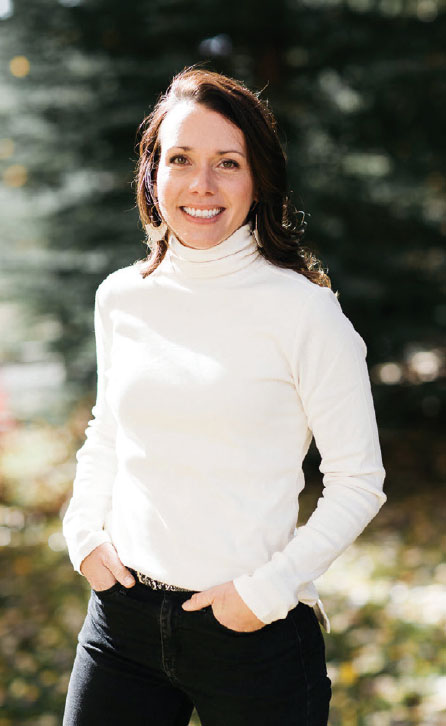
5- Elizabeth Ellis, Elizabeth Ellis Interior Design, Ketchum, Idaho
“My client’s happiness is of the utmost importance to me, so I interpret their style and use my expertise and experience to deliver a solution that accentuates their intentions.”
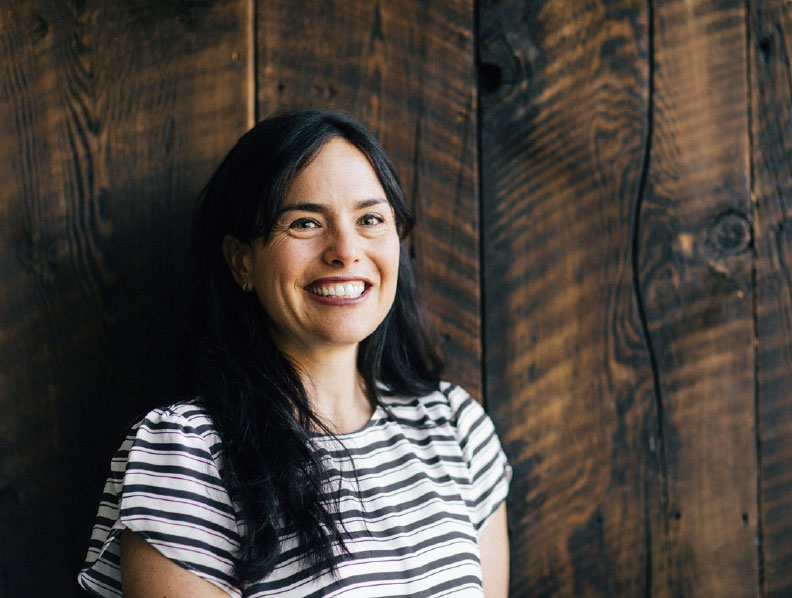
6- Sarah Latham, Latham Interiors, Ketchum, Idaho
“Interior design is like adding color to a black and white drawing. Or picking the ingredients in a delicious cake. You may not like carrot cake but when we add the fig jam and sprinkle walnuts with the cream cheese frosting you may not have ever realized how enjoyable it is.”
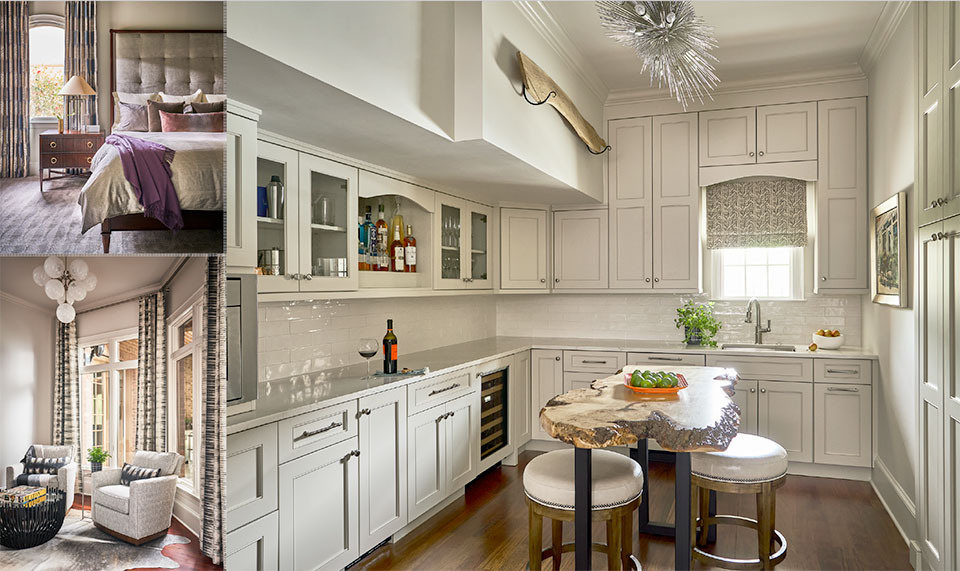
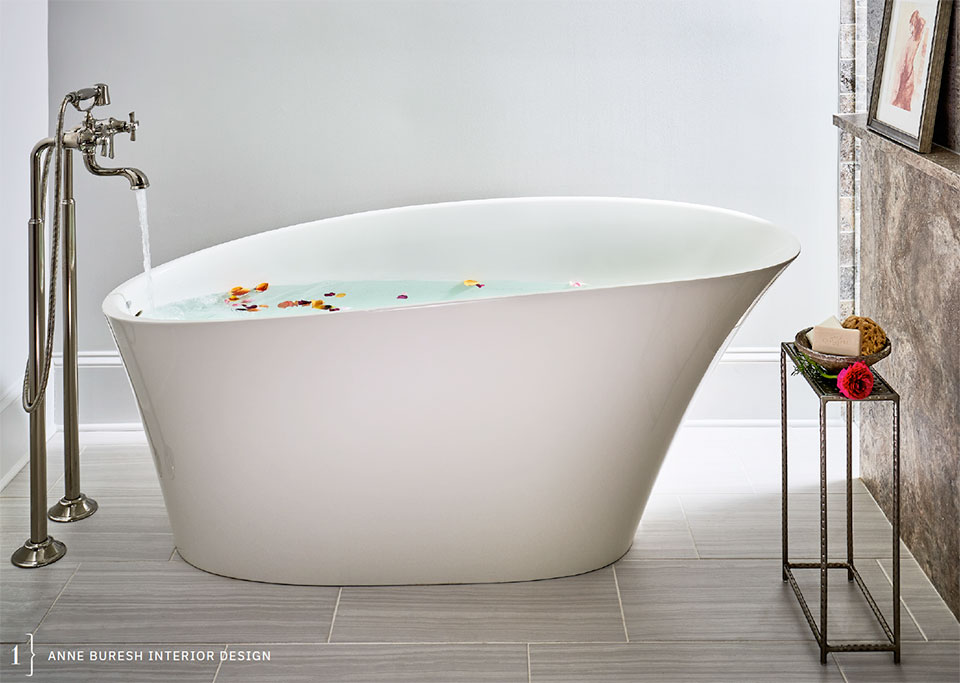
1- Anne Buresh
Anne Buresh, owner of Anne Buresh Interior Design, transforms spaces into well-appointed retreats for gathering. Anne’s signature style blends a sophisticated color palette influenced by the environment with a global aesthetic sensibility. With decades of experience designing from coast to coast, Anne’s designs are functional, warm, and elegant.
“Design is about the mood and how a room makes you feel,” she says. That mood was something she was introduced to at an early age. Design runs in her family – her grandmother was a decorator who grew up and lived in a historical home that once belonged to William R. Davie, North Carolina’s 10th governor and one of the founders of the University of North Carolina. As a child, Buresh remembers visiting her grandmother and flipping through her design books of wallpaper and fabrics.
“My grandmother would travel to New York or Paris and bring pieces back for her home at a time when people didn’t do that. I grew up with antiques. When my father built my childhood home, he repurposed mantels, floors, brick. I grew up knowing the fine foundations and the importance of architectural ‘good bones’ of a home. I always knew we could add moulding or a beautiful paint color to make a space elegant and inviting, giving it new life.”
Anne’s point of view as a designer today is rooted in the fond family memories and comfort of her childhood home. She creates spaces fit for both daily life and also special occasions. They are sophisticated and elegant and are authentic to her legacy of celebrating the relationship between the environment and the people who use the space.
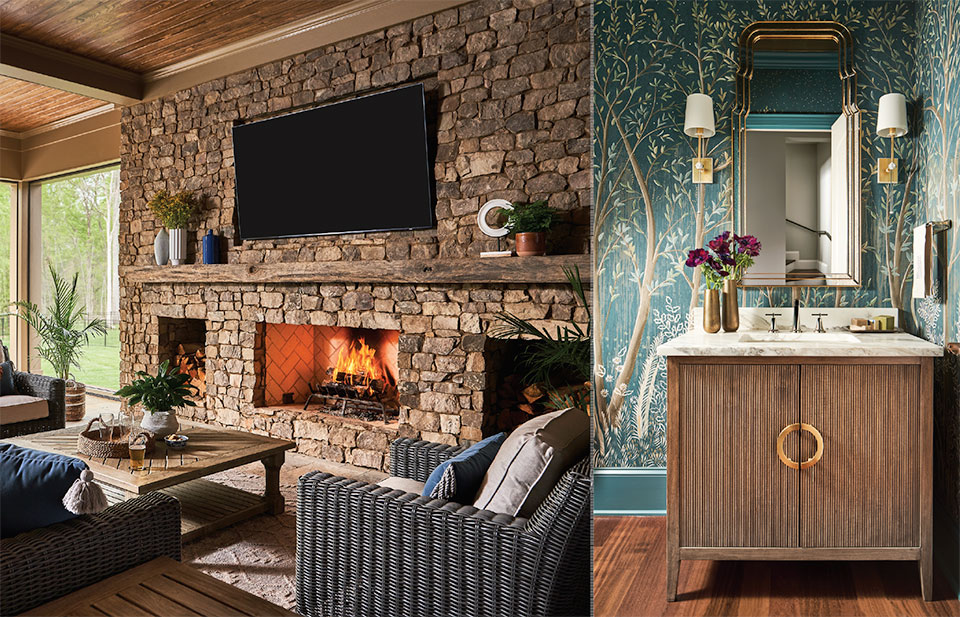
““One person’s life has so many layers. Travel opens doors and allows us to understand new ideas and become receptive to new inspir-ation. Designing from a worldly perspective is so important because it honors a person’s history, preferences, and influences.”
–Anne Buresh,
Anne Buresh Interior Design
Anne is a seasoned designer, and her spaces encourage guests to relax, escape, and connect with the beauty of the outdoors. Her design takes a different approach than what’s traditionally seen in Jackson but embodies touches that the locals here have.
She has a sophisticated eye for detail that results in a thoughtfully curated and refined look. She uses elements including hand-painted wallpaper and contrasting textures and traces of colors and tonality to tell the story of a well-traveled life.
“We seek a duality between soft and bold, between yin and yang,” Buresh says of her work. That perspective makes for a worldly and organic design statement. She blends artisanal handcrafted woven wood chairs with custom sofas with linear silhouettes upholstered in crisp, white silk-linen blends. Dark metal accents and accessories serve as a more rugged counterpoint to the softer elements and give a balance to the materials and textures. “We strive to design spaces where people feel comfortable and relaxed – where you can kick your feet up, enjoy each other’s company, and share a toast to the beauty of life,” she adds.
Celebrating authentic relationships and creating community is critical to Buresh’s work. “The relationships we’ve formed working from the East Coast to Jackson have opened our eyes to many new perspectives that we incorporate into our designs,” she reflects. “We work with local artists and artisans, such as Kauffman Company in Charlotte, North Carolina. Being able to expand our radius exponentially grows our frame of reference and lets us work, in a sense, outside the box. We’re grateful for the support we’ve received and value our relationships as we expand and continue to bring our vision to life.”
Buresh’s global design perspective reflects a greater awareness that our lives are not linear. “One person’s life has so many layers,” she articulates. “Travel opens doors and allows us to understand new ideas and become receptive to new inspiration. Designing from a worldly perspective is so important because it honors a person’s history, preferences, and influences.”
Accordingly, Buresh’s interior design celebrates the disparate parts and pieces that make up an individual’s life and ties them together for a unified and authentic story. Her spaces cultivate emotions and feelings that resonate when one’s life experiences are expressed through design.
ABID has studios in both Jackson and Charlotte, North Carolina. The firm designs for a lifestyle that celebrates a global perspective, community, and the outdoor environment.
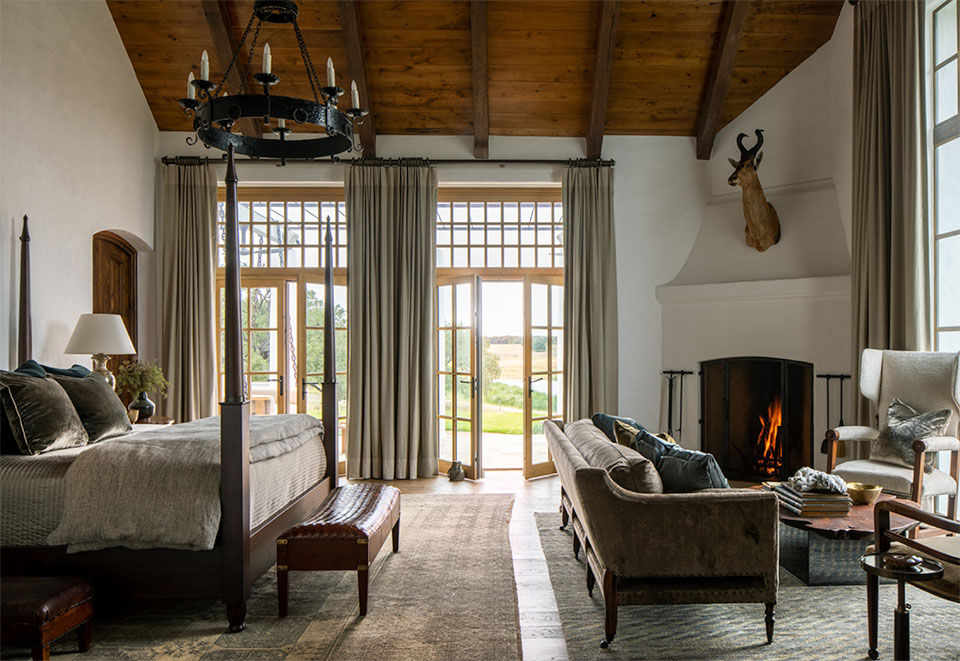
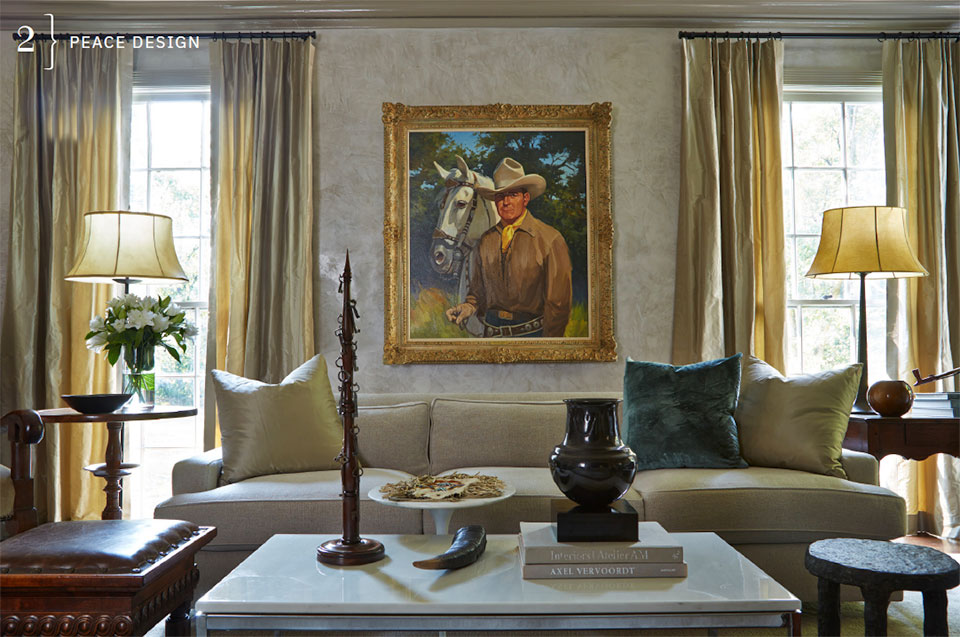
2- William Peace
For decades, William Peace and his firm Peace Design have been serving clients across the country. Their offices in Atlanta and Bozeman allow the team to take a regionally appropriate approach while also considering broader design principles for each project. Whether the property is a cosmopolitan pied-à-terre or a sprawling ranch residence, a coastal bungalow or a ski-in/ski-out alpine home, two guiding principles remain fundamental for Peace Design: authenticity and environment.
A native of the South, Bill grew up in the crossroads of the bluegrass horse country of Lexington and his roots in eastern Kentucky. After studying architecture, design, and fine arts at the University of Kentucky, he began his career working in Atlanta. In the 1990s, he began to put down roots in the West. Peace says, “Though I thrive in a city and I’m inspired by urban design, the Rocky Mountain West is where I’m most grounded.”
Peace Design creates elegant and harmonious environments by prioritizing authentic relationships between people and the land. Bill’s design considers the history and culture of the West that evolved over hundreds of years, from early European influences and local building resources to agrarian lifestyles. He draws from a global perspective combined with a regional sensitivity that bridges the traditional and the modern.
Peace reflects, “Design in the American West didn’t originate in a vacuum; it evolved over hundreds of years with disparate influences. Native Americans knew the raw materials of the land and the power of nature. Their wisdom and worldview influence how things are in harmony with the land. Europeans via the East Coast arrived as explorers and homesteaders, bringing their own influences of building techniques. As a designer, I am charged with how to honor the diverse cultures that comprise Western history in a meaningful expression today. The combinations are endless. We start with the location and the client’s vision.”
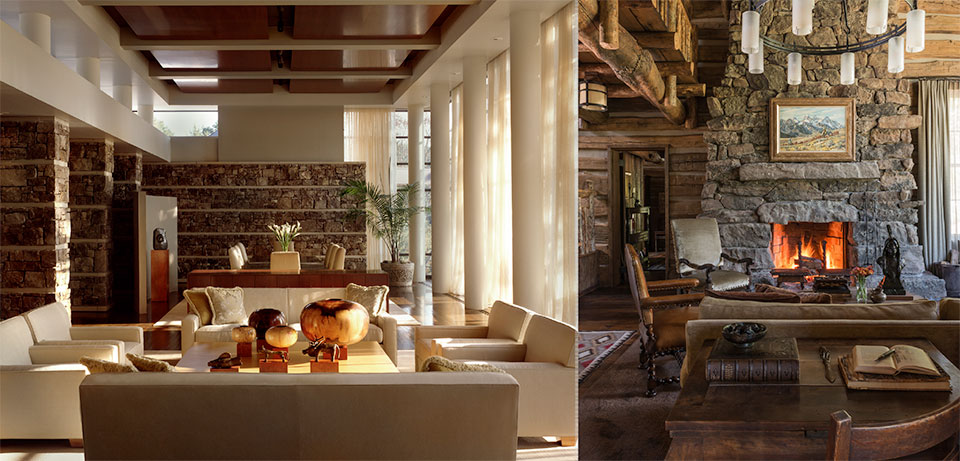
“Though I thrive in a city and I’m inspired by urban design, the Rocky Mountain West is where I’m most grounded.”
–William Peace, Peace Design/p>
The Peace Design team members continually seek out new artisans and artists to work with them. Bill inspires fabricators—such as furniture builders, lighting designers, sculptors, rug makers—to create custom pieces that are destined for a specific home for a specific client. He designs environments in the same way a painter works on a canvas, incorporating visual elements of art—line, shape, tone, color, pattern, texture, and form.
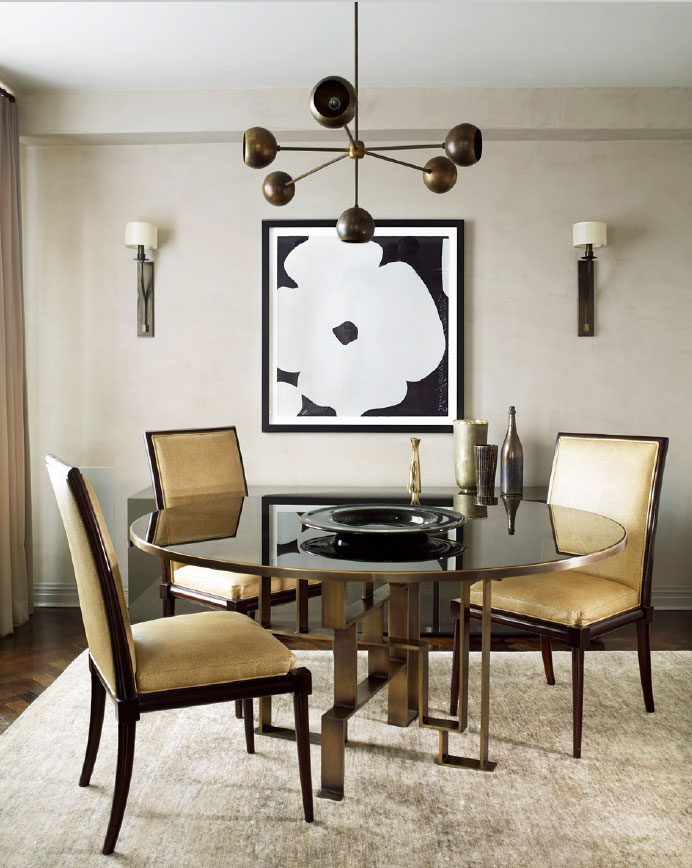
“For projects throughout the West, Peace pays particular attention to the environment. With the wide diversity of landscapes within the region, the site’s specific location and how a client relates to it is core to his process. Among his Montana portfolio are sportsmen’s lodges, ski homes, saloons, restaurants, and guest ranches. Peace says, “Interiors are contextual—true to people and their environments.” As he begins a project, he asks, “What is the essential nature of this particular property? What is true for the client and what is authentic for the location?”
Having studied fine art in college, Peace has a deep appreciation for how great art can elevate a space. In one Big Sky area residence, the owners desired a home that was “true Montana” and “classic ranch.” Peace says, “Traditional Western design originated from practicality. Exposed logs in buildings became standard because homesteaders didn’t have many other options. They filled in gaps in between the logs with various types of chinking, depending on what was available. After a while, this became not just the go-to building technique, but the aesthetic, and eventually became established Western vernacular. Even in a more contemporary rustic home, this still influences the design.”
Peace Design delivers a professional design experience without any pretense or ego. Working with architects, builders, artists, and artisans, Bill and his team engage their clients in a hands-on, and sometimes delightfully fun, collaboration. His focus is always on human relationships and facilitating the connection between people and their environment. Peace says, “At the end of the day, it is not only about how a room looks but how it feels. And the process of getting there is just as important.”
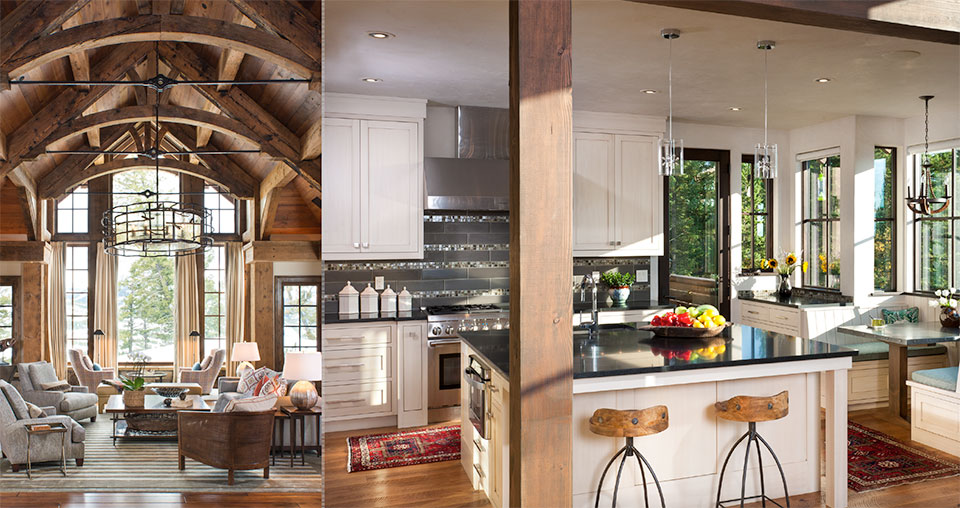
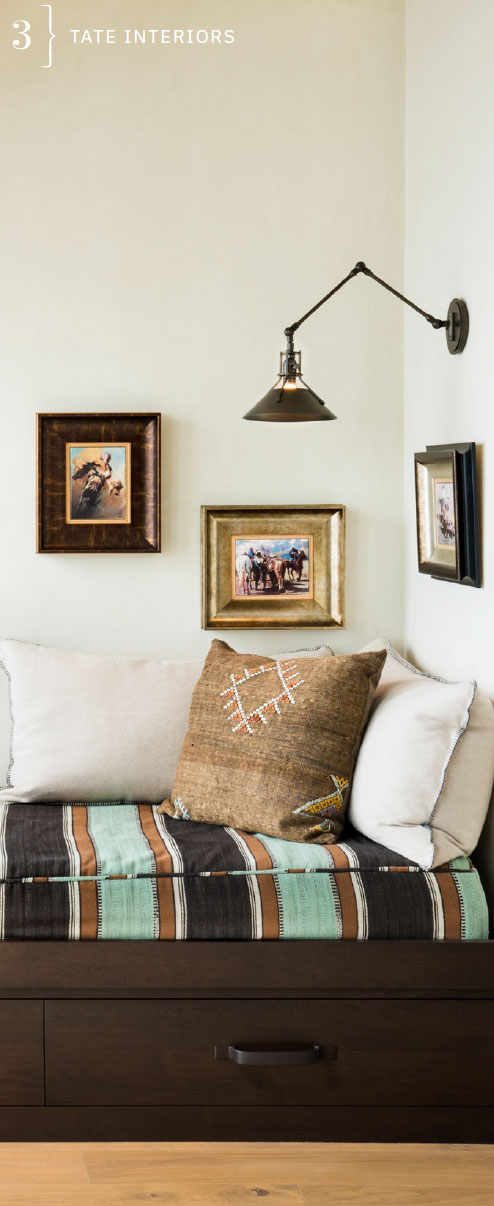
3- Heidi Tate
Heidi Tate, owner and principal designer at Tate Interiors, shares her philosophy that one’s home should be the most relaxing, engaging, functional, and inspiring part of the day. Home is where we start and finish each day, and Tate Interiors puts great care into how its clients interact with their spaces.
The firm is adept at balancing Montana’s rustic heritage with a modern feel. “We live in one of the most beautiful places in the world and most of the time the building site is inspiration enough,” Tate says. She also cites the home’s architecture as inspiration. Sometimes a fabric or wallcovering starts the design process, although there are no set rules for what might spark the creative process.
Tate is also fueled by the challenge of designing the whole home. “A well-designed home can be very motivating, and we enjoy creating spaces that are connected and flow from room to room,” she says. “Bedrooms are soft, peaceful, and restful. Family rooms are cozy, and great rooms are more eye-catching.” The firm aims for each home to be a unique reflection of the client and their family. They meticulously select lighting, finishes, rugs, and fabrics that they haven’t used before with the goal of producing a space that is truly personal.
“Trend is a four-letter word around here,” says Tate. “We never want anyone to enter one of our projects and think that it was done in 2010. We live by the simple concept that modern is always modern and timeless is always timeless.” It’s a skill to be able to stay current and timeless, but not trendy, and that is a large part of what Tate Interiors offers its clients.
The beginning of the design process can sometimes feel like the lengthiest in part because Tate and her team are getting to know the client. She explains that interior design is a creative process that requires time for ideas to take shape. She acknowledges that some of those ideas come quickly, while others form later. “We prefer to start designing before plans are finalized so we can get a clear vision of our client’s perspective. The better we understand our clients, the more effectively we can do our job.”
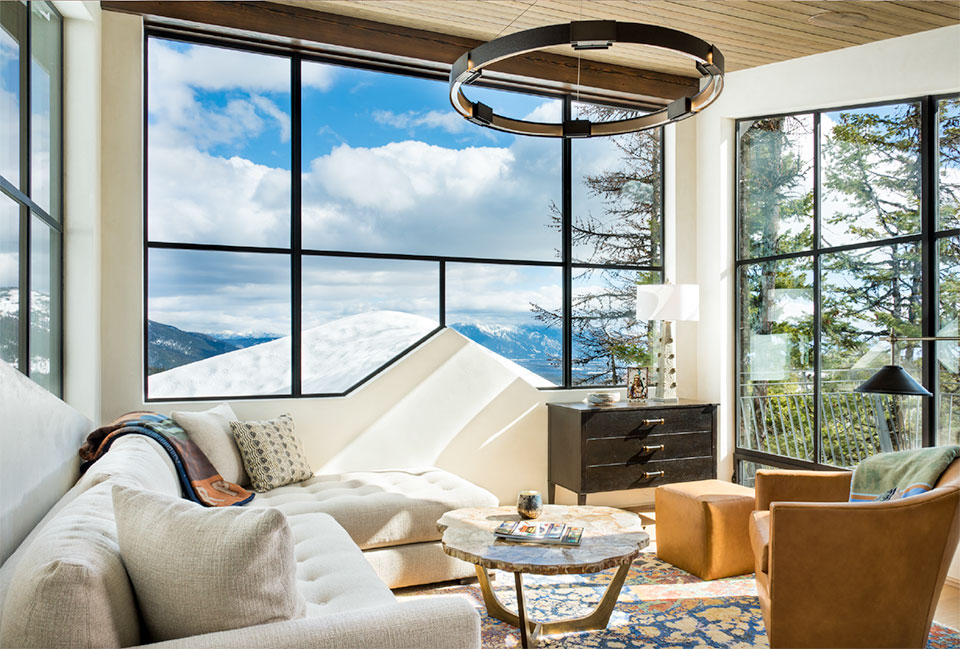
“We live by the simple concept that modern is always modern and timeless is always timeless.”
–Heidi Tate, Tate Interiors
The client relationship is one of the most treasured components of the design process at Tate Interiors. The firm appreciates earning its clients’ trust. That trust enables the designers to do their best work, from initial concepts through drawings, job site walkthroughs, and final installation.
“I work with some of the most talented people, and I know they give each project 100% of themselves,” Tate says. “I always say the most successful projects are the ones where you walk in and love the space, but you’re not sure exactly why – but we do. That expertise comes from years of experience stitching materials together for continuity, comfort, and function to build a palette.”
Tate recognizes that interior design is a privilege. To be trusted to work within a family’s most intimate and important space – their home – is truly humbling for her. “I love the positive impact we can make for our clients and their families, the friendships we’ve built, and the assurances we’ve gained,” she shares. “We all have something to offer, something to give. Our gift is the contribution of extraordinary design.”
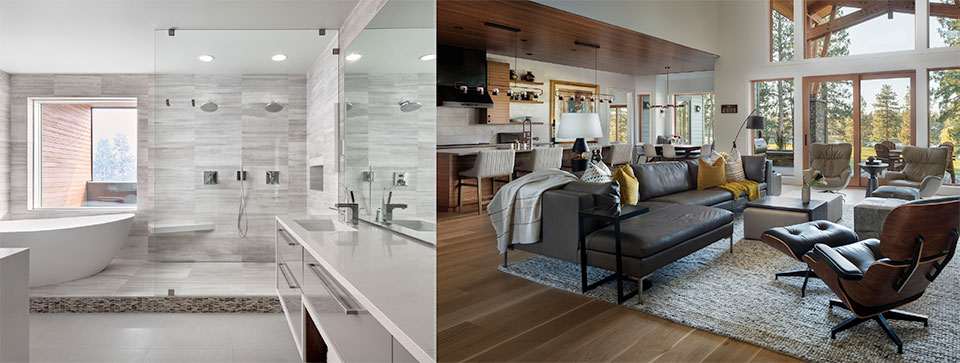
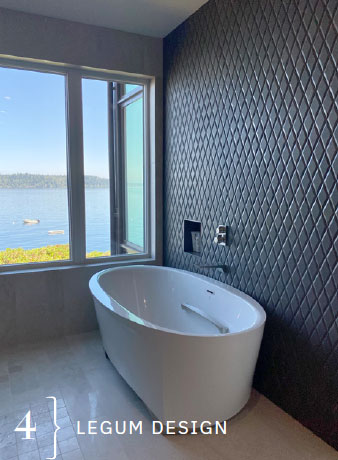
4- Jeannie Legum
Jeannie Legum is the owner and principal designer of Legum Design, an interior design firm that she started 18 years ago out of her home office. Jeannie now works throughout the Pacific Northwest and beyond. Over the years, the firm has grown and is now based in a studio in the heart of downtown Bend, Oregon. Originally from California, Jeannie’s love for the outdoors is what propelled her to relocate to Central Oregon. Her degree in International Business and her studies in London and at the University of Sorbonne in Paris, France, give structure to her passions for European culture and art history. Those experiences continue to influence her design aesthetic, which is a balance of organic, natural materials and an industrial Northwest modern vibe.
Jeannie has a strong appreciation for European design for its effortless – yet meticulous – focus on details. It has an enduring authenticity that celebrates the culture and its people. She says, “I’m drawn to the Old World textures and materials, marbles, fabrics, and weaves that have an exceptional hand; I use all of this to layer and create comfortable, livable spaces for my clients that are not only timeless but also luxurious and bring joy.”
Although every project is personalized for each client, common threads weave through Legum’s portfolio. Their work incorporates the use of natural materials and they focus on creating light, airy spaces that are aligned with their clients’ lifestyles, desires, and goals. The team is collaborative and focused on delivering outcomes that their clients cherish. “The natural environment is why we are here,” Jeannie says. “People gravitate toward outdoor destinations like Bend or Jackson Hole because they want more nature in their lives. When I design, I look to the land and strive to create a harmonious flow from the outside in. I want the home to be grounded and the structure to have roots that capture the history and soul of the project.”
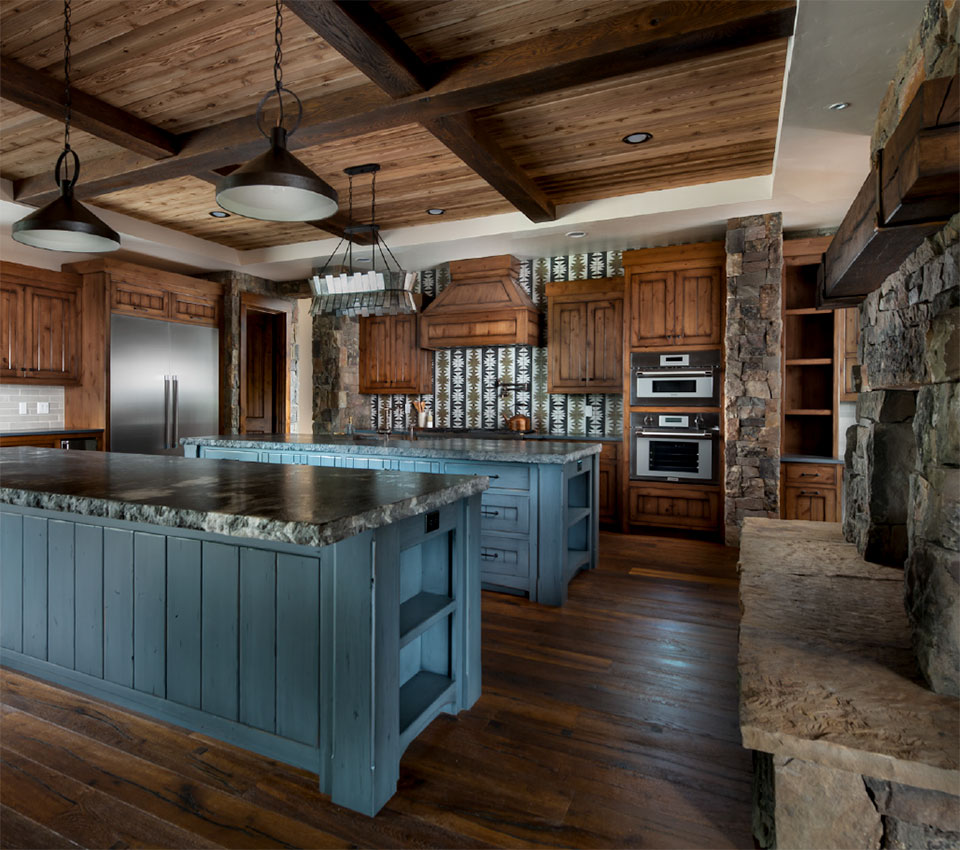
Jeannie credits her talented colleagues at Legum Design and the firm’s partnerships with architects, builders, and subcontractors as sources of their ongoing success. She says, “As a designer, you can visualize a beautiful concept, but if you don’t have a great team you may not be able to execute the vision.” A well-designed home starts with a strong team and the best projects are based in cooperation and collaboration. One of their current undertakings is a Living Building Challenge home being built in Bend. “We are so honored to be part of this project. The home is designed by Tozer Design and is Tozer’s second LBC home in Bend. It is a very detailed and technical program and every material that goes into the construction of the building must be vetted and free from any red list chemicals. The entire project is holistic so that the building has a positive environmental impact and is fully sustainable when finished. We are learning so much on this build!” shares Jeannie.
Sustainablity and authenticity are the driving forces behind Legum Design’s in-house boutique, L Market, a curated shop offering artisanal home goods. L Market was born from the desire to bring unique hand-crafted home products to their clients. “In all my travels, I am in search of those items that tell a story of the artisans’ history and culture. I love quality and dedication that show up in every detail!” she reflects. “As we learn more about our impact on our world, we are more conscious in our choices and align ourselves with other companies, manufacturers, and makers that are like-minded and who prioritize sustainability and social responsibility. I want to provide unique beautiful items that will be treasured by our clients but have also been created in a way that is kind to the earth.”
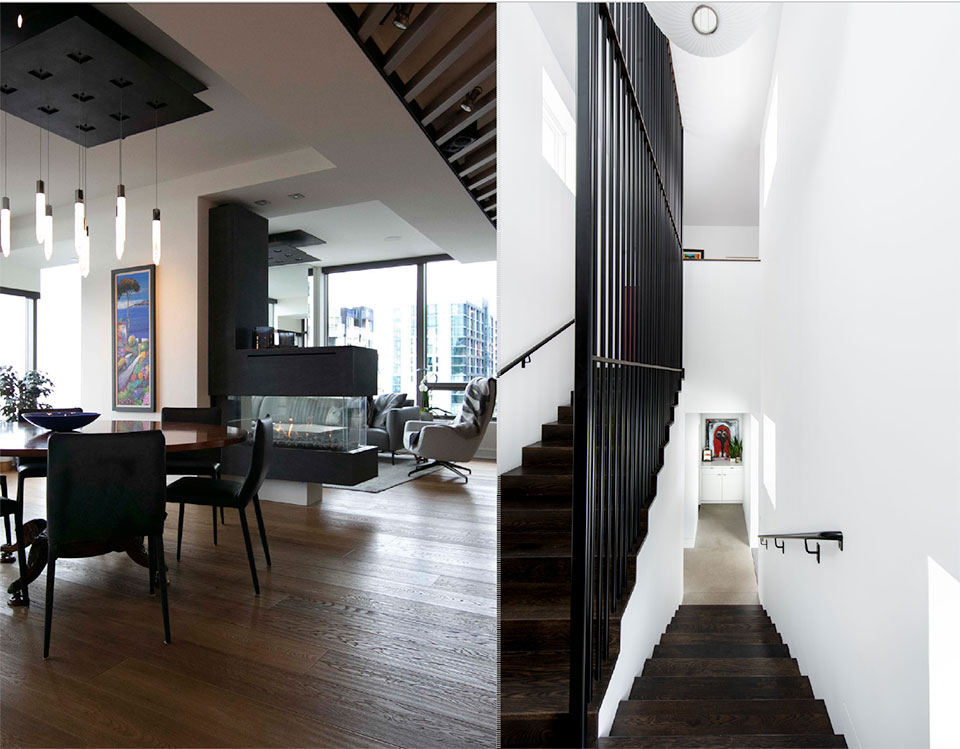
“In all my travels, I am in search of those items that tell a story of the artisans’ history and culture. I love quality and dedication that show up in every detail!
–Jeannie Legum, Legum Design
“A well-designed space can change everything,” Jeannie adds. “I think everyone deserves good design. It contributes to your health, energy, and well-being. I love creating inspired environments where our clients can thrive. At the end of the day, this is the ultimate reward.”
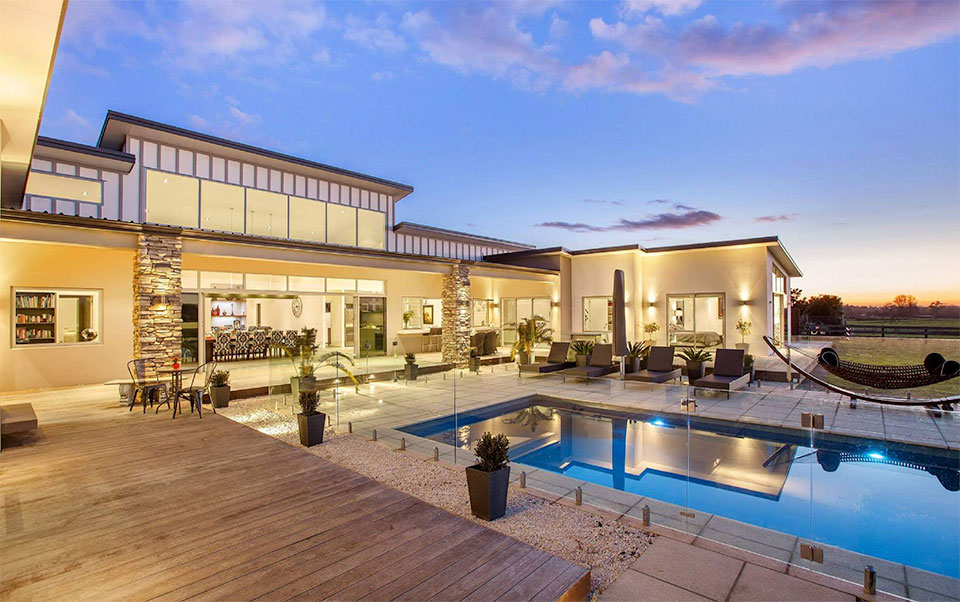
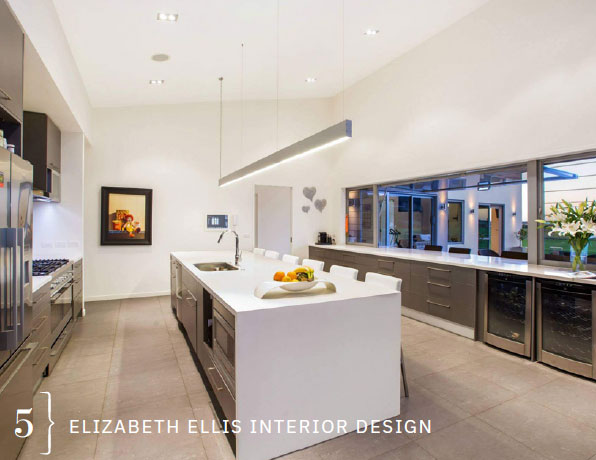
5- Elizabeth Ellis
Creating amazing designs is one feat, but producing them in a timely and effective manner is another. Elizabeth Ellis Interior Design uses the best technology available to bring pleasing designs to its clients in Sun Valley and throughout the West. “My client’s happiness is of the utmost importance to me, so I interpret their style and use my expertise and experience to deliver a solution that accentuates their intentions,” Ellis says of her firm’s approach.
Ellis thinks outside the box and produces unexpected and exciting designs. Her perspective is informed by her experience living and working abroad. Australian beach style with open, clean spaces and lots of white influences her personally. Professionally, she prefers not to pigeon-hole her designs into a particular style, instead working with each client to provide a perfect look and feel for them.
Clients can expect a refreshing process that is streamlined in large part with technology. Some of the software and hardware Elizabeth Ellis Interior Design uses include a Matterport camera for scanning existing spaces to produce point clouds, BIM authoring tools that allow the team to work collaboratively on a central digital model, 3D viewing apps that enable the client and contractor to walk through the building on their mobile devices and view all the construction documents, virtual reality headsets for the ultimate immersive experience, and augmented reality for clients to see furniture pieces in their spaces before they’re built. End-to-end, the studio has carefully curated its systems and resources to create an efficient experience that wows clients as a standard part of their service. Ellis says, “It’s fun when clients say they don’t need all the technology, but their jaws hit the ground when they see their new home in virtual reality. It helps us do our best work, and their amazement at seeing these visuals never gets old!”
The studio has received national recognition. They’ve hosted noteworthy webinars highlighting how they push the boundaries of their processes and use of technology. “Building relationships with local architects and contractors makes for a strong sense of community,” Ellis says. “I relish the opportunity to work with such talented and driven professionals.”
Elizabeth Ellis Interior Design was founded in January 2021 and has grown quickly. The team is globally distributed, with a few working in the office and the rest working remotely, some in other countries. “We operate like a well-oiled machine,” Ellis says. She adds, “The team is a joy to work with, and it’s so rewarding to see them embrace the bleeding-edge processes of the business.”

“It’s fun when clients say they don’t need all the technology, but their jaws hit the ground when they see their new home in virtual reality. It helps us do our best work, and their amazement at seeing these visuals never gets old!”
–Elizabeth Ellis, Elizabeth Ellis Interior Design
Clients can expect Ellis’ global business perspective and life experience to factor into their designs. Ketchum, Sun Valley, and the Wood River Valley are near and dear to her heart. Still, her portfolio also includes a variety of residential and commercial projects in Montana, California, and Nevada. “I love working on projects anywhere,” she says. “There are a lot of design opportunities in Bend and the Flathead Valley that I’d like to be involved in as those towns continue to grow.”
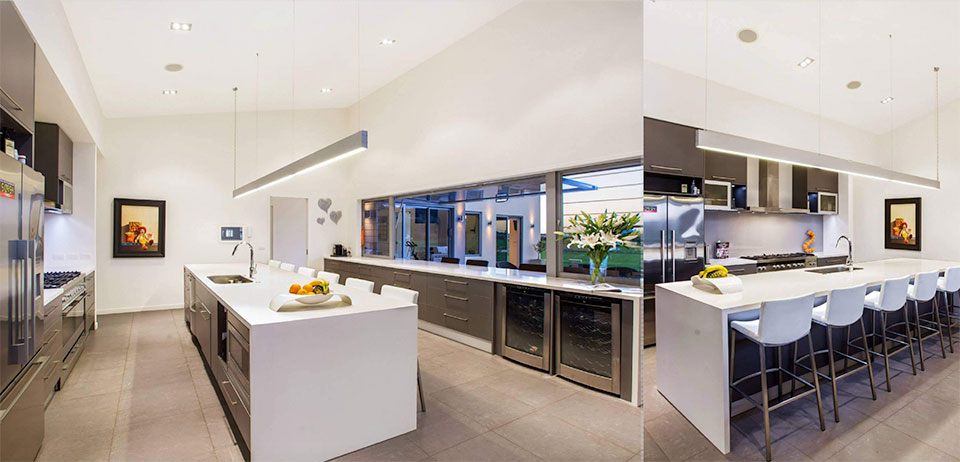
Elizabeth Ellis Interior Design was recently honored with a Best in the Valley award. “It was a wonderful surprise, having only been in business for a little over a year,” Ellis says. Of course, ecstatic clients are the biggest reward of all. “My favorite part of work, in general, is building my team and making clients happy,” she continues. The firm’s services include space planning and furniture packages, some of Ellis’s favorite offerings. She adds, “I also love to design furniture, so watch this space!” Visit their new office located at 220 N East Avenue in downtown Ketchum, directly above the UPS store for more information.
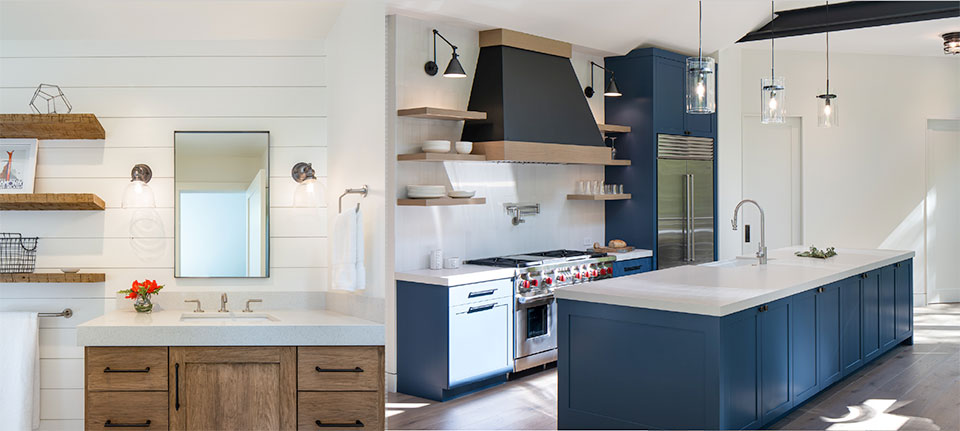
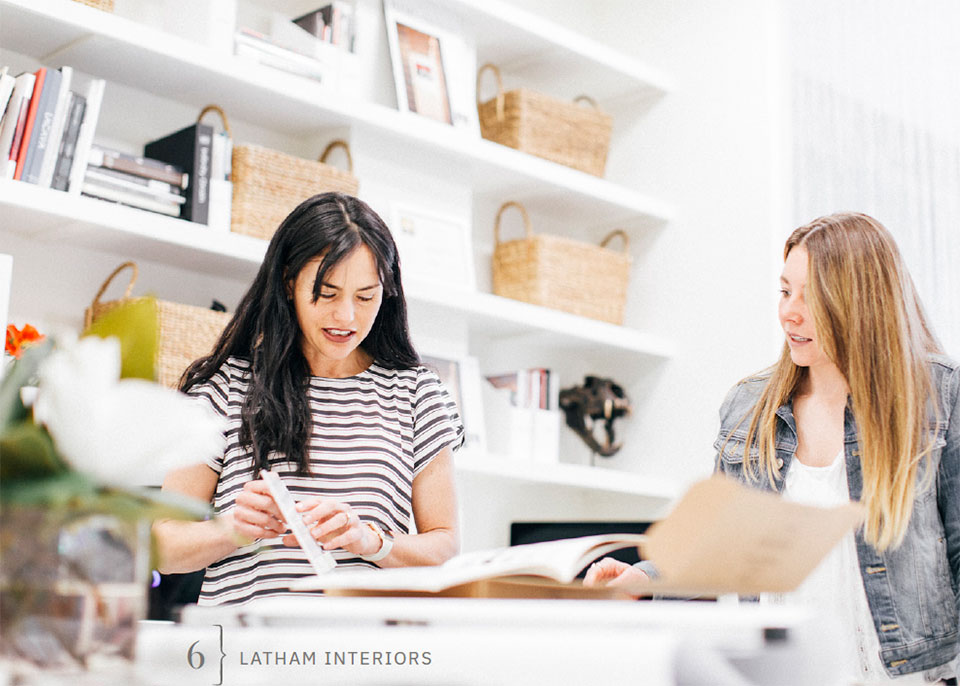
6- Sarah Latham
A well-designed space is unique to the owner’s needs and addresses the daily and long-term functions that are utilized within it. Sarah Latham, principal at Latham Interiors, artfully embraces the endless possibilities and daily challenges inherent in interior design, and she choreographs immaculately elegant spaces that help clients thrive. “Design isn’t stagnant,” she says. “It’s a creative and fluid process that we are constantly learning from and absorbing.”
Latham leads her passionate team of designers to incorporate quality and customization that is unique to each project. Their work is refined, elegant, natural, and timeless and is featured in homes from Sun Valley to Seattle, Los Angeles to New York. Latham says, “We have a playfulness to our design with the multi-generational families we design for.” As they design for the whole home, Latham says that picking a favorite room to design is like asking if they have a favorite child. “It’s amazing how much fun a laundry room can be when using the right tiles, cabinet colors, or flooring. Or how elegant a kitchen can be with the right fixtures.” Lately, children’s rooms have been particularly enjoyable because they are always playful and creative. Sarah explains, “We stick to a base of natural and clean elements that can be added to or built upon as the owners change and grow.”
Latham and her team glean inspiration from numerous sources. They recently returned from three design events in Paris where they visited with international companies and local craftspeople and scoured unique flea markets. They toured museums and enjoyed food in cafés while they absorbed the architecture and elements around them. Closer to home, they fill their passion for design by attending design events, conducting extensive research, meeting with vendors and local craftspeople, and breathing in the mountain air. Their community is full of talented individuals who make Sun Valley a premier destination for quality design.
Clients hire Latham Interiors to tap into their extensive knowledge and professional experience in interior design. With a mix of backgrounds on their staff, they leverage the diverse individual strengths of their team to benefit each aspect of design. Clients can expect Latham Interiors to guide them through the entire design/build process and to complete it beyond their satisfaction.
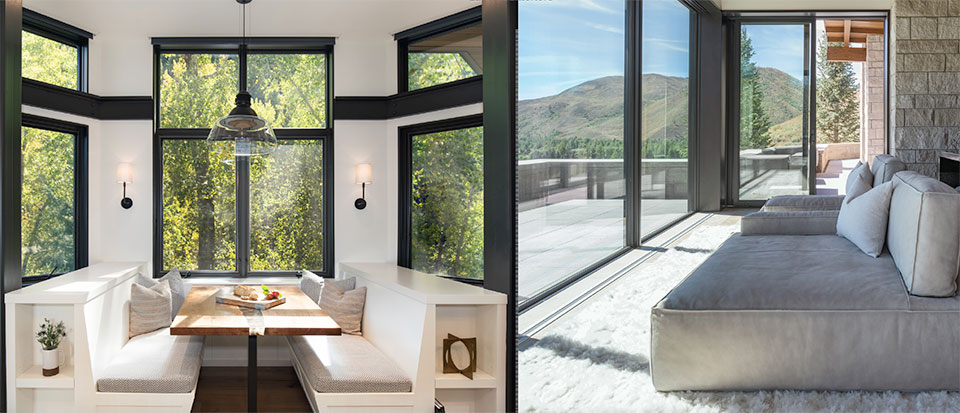
“Design isn’t stagnant. It’s a creative & fluid process that we are constantly learning from & absorbing.”
–Sarah Latham,
Latham Interiors
As they put together spaces, the firm analyzes the effect their selections will have on the overall design. “We spend a lot of time with homeowners to get to know their living preferences,” Latham says. “Are they art curators or do they want simple everyday living?” That type of information informs their approach and whether they will incorporate certain aesthetics such as curves or thick boucle fabrics. “Those features were considered outdated styles not too long ago, but are now being revived and absorbed into more current designs again,” Latham explains. “When I see glass block on a project in our area I can immediately tell that it was built in the ‘80s, but something that is considered a trend for one viewer could be considered timeless to another.”
“Latham explains the power of her firm’s work, saying, “Interior design is like adding color to a black and white drawing. Or picking the ingredients in a delicious cake. You may not like carrot cake but when we add the fig jam and sprinkle walnuts with the cream cheese frosting you may not have ever realized how enjoyable it is. It’s the textures, spatial layouts, finishes, fabrics, lighting, plumbing selections in a space that can make all the difference.”
Creating feeling.
Design in the American West remains an ever-evolving open palette, where its influences are as eclectic as its people. WHJ has introduced you to six top interior designers who borrow, blend, select, and distill from all that inspires us—from indigenous crafts to Old World prints, from the log cabins built on the frontier to the sleek offices for the remote tech worker, and from the sandy bottoms of fly fishing streams to the jagged tips of the Rocky Mountains. One size doesn’t fit all and each designer creates spaces that, in their totality, result in a feeling, vibe, and mood desired by the people who inhabit them.
